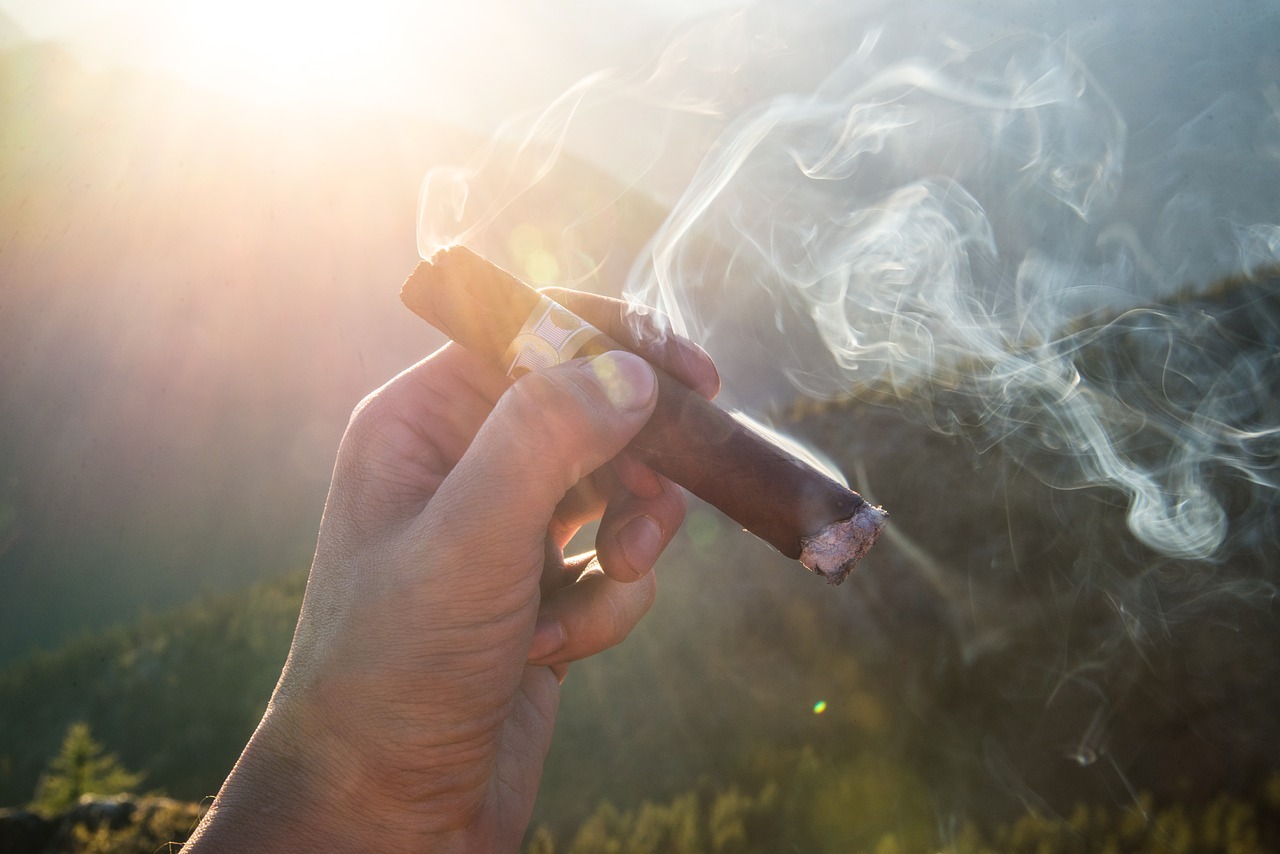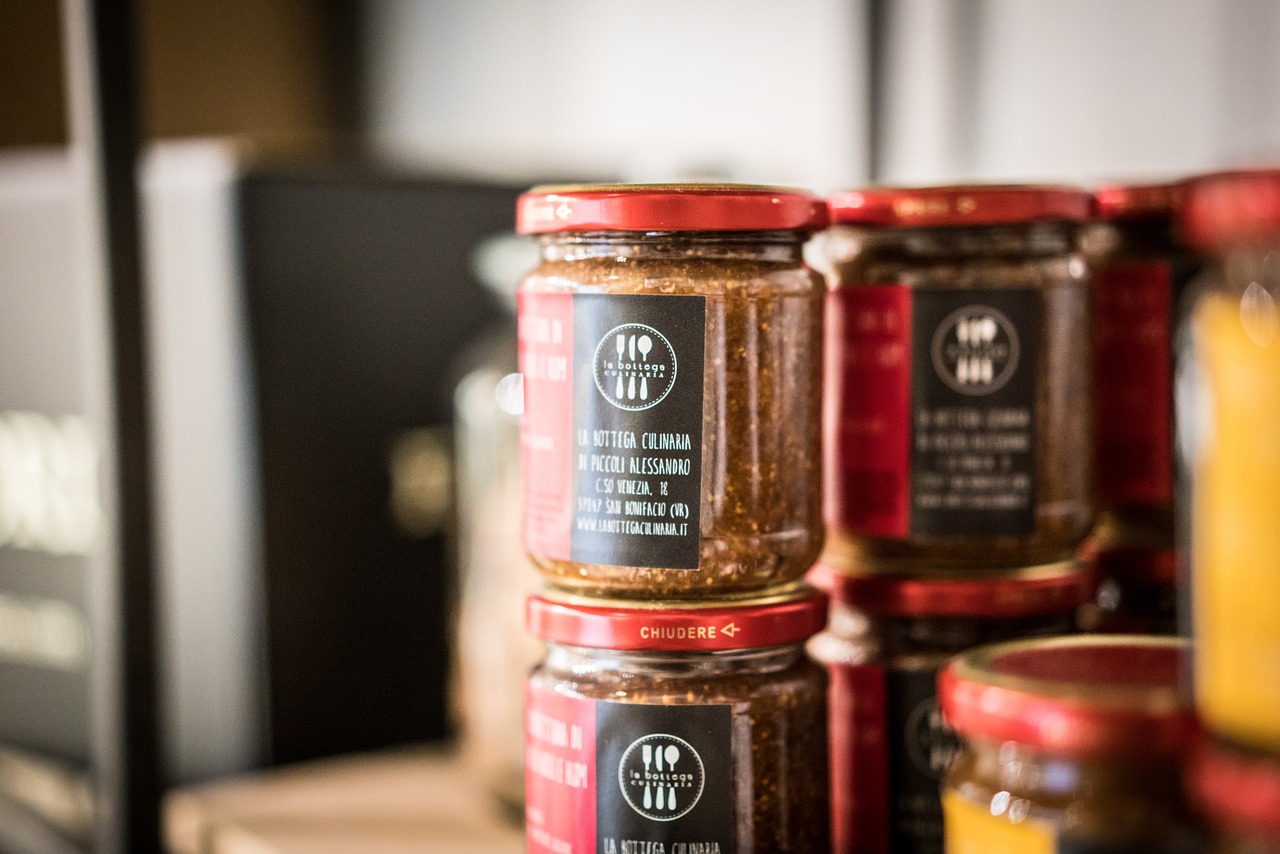Custom Trigger Systems: Balancing Performance and Safety

Few modifications generate as much discussion in the world of firearms customization as custom trigger systems. Whether for competitive shooting, hunting, or tactical applications, fine-tuning a trigger can dramatically affect a firearm's performance. Sonoran Desert Institute reviews how gunsmiths approach custom trigger work, emphasizing the importance of balancing performance enhancements with essential safety standards. Accredited by the Distance Education Accrediting Commission (DEAC), SDI provides students with the knowledge and foundational skills needed to navigate this critical aspect of firearms modification responsibly.
Achieving the ideal trigger pull requires a careful balance between sensitivity and control. Gunsmiths meticulously adjust components like sear engagement, spring tension, and overtravel to create a crisp, predictable break, ensuring safety across various conditions and handling scenarios.
Understanding the Trigger's Role
The trigger serves as the interface between the shooter and the firearm. Its function extends beyond simply firing a round; it influences accuracy, control, and shooter confidence. A well-designed trigger provides a clean, predictable break with minimal effort, reducing the chance of disturbing sight alignment during the shot.
Key aspects of trigger performance include pull weight, travel distance, reset length, and break consistency. Each of these factors can be adjusted to suit the shooter’s preference and intended use of the firearm.
Trigger Pull Weight and Shooter Control
Trigger pull weight refers to the amount of force required to release the sear and fire the weapon. Factory triggers often feature higher pull weights to ensure safety across a wide range of users and conditions. Competitive shooters and precision sharpshooters often prefer lighter trigger pulls, typically ranging from 1.5 to 3.5 pounds, to minimize movement during the shot.
While reducing trigger pull weight can enhance accuracy, it's crucial to balance this with safety considerations, ensuring the firearm doesn't discharge unintentionally if dropped or mishandled. Gunsmiths carefully select pull weights appropriate to the firearm's intended purpose and the skill level of its user.
Minimizing Creep and Overtravel
Trigger creep refers to the slight movement felt before the sear releases. Excessive creep can make it difficult for shooters to predict exactly when the firearm will discharge, affecting accuracy. Custom trigger work often involves polishing or adjusting engagement surfaces to minimize creep, while maintaining secure sear engagement.
Overtravel is the continued movement of the trigger after the shot breaks. Limiting overtravel helps shooters return to reset more quickly and improves follow-up shot speed. Gunsmiths may install overtravel stops or adjust trigger geometry to achieve this effect.
Shortening Reset for Faster Follow-Up Shots
Reset distance plays a key role in rapid shooting scenarios. A shorter reset allows shooters to fire subsequent shots with minimal finger movement, improving speed, without sacrificing control. Custom trigger systems often feature shortened resets, particularly in competition and defensive firearms.
Gunsmiths achieve shorter resets by carefully adjusting springs, engagement surfaces, and connector geometry. The goal is to enhance performance, while preserving reliable sear engagement and safe operation.
Materials and Aftermarket Components
The quality of trigger components directly affects both performance and longevity. Aftermarket triggers often use precision-machined parts made from hardened tool steel, aluminum, or advanced polymers. These materials resist wear and maintain consistent performance over extended use.
Upgraded springs, sears, and connectors can also improve trigger feel and reliability. Some systems allow for user-adjustable pull weights and travel distances, providing a high degree of customization for individual shooters.
While many aftermarket triggers offer substantial performance enhancements, highly advanced trigger work for competition-grade firearms may require specialized training or experience, beyond foundational gunsmithing education.
Maintaining Safety in Custom Trigger Work
While improving trigger performance offers clear advantages, safety remains the top priority. Custom triggers must retain sufficient sear engagement to prevent unintentional discharge. Gunsmiths carefully inspect engagement angles, spring tensions, and component fit to ensure modifications do not compromise safe operation.
Drop safety tests are commonly performed to verify that modified triggers will not fire if the firearm is dropped or subjected to sudden impacts. These tests simulate real-world conditions to confirm that safety has not been sacrificed in pursuit of performance.
Legal and Liability Considerations
Modifying triggers can have legal implications, especially if a modified firearm is involved in an incident. Some jurisdictions have regulations regarding minimum trigger pull weights for carry or duty firearms.
Gunsmiths must remain informed about applicable laws and advise customers accordingly. Detailed documentation of all work performed provides a record of responsible practices and can serve as evidence of proper safety protocols.
Custom Triggers for Different Applications
The ideal trigger setup varies depending on the firearm's intended role:
- Competitive shooters often favor extremely light, crisp triggers for maximum precision.
- Defensive firearms require a balance between responsiveness and safety under stress.
- Hunting rifles benefit from light but predictable triggers that aid accuracy during challenging shots.
- Tactical and duty firearms typically have heavier pulls to minimize accidental discharges in high-pressure situations.
Gunsmiths tailor trigger work to match the shooter's needs, while ensuring each modification aligns with responsible safety standards.
Testing and Quality Assurance
Every custom trigger job should undergo thorough testing before being deemed field ready. This includes function checks, safety tests, and live-fire evaluations. Gunsmiths verify consistent sear engagement, proper reset function and reliable ignition across various conditions.
Wear testing simulates extended use, confirming that components will hold tolerances over time. These quality assurance steps are essential for ensuring both performance and long-term safety.
Education for Trigger System Customization
Mastering custom trigger work requires more than mechanical skill. It demands an understanding of mechanical systems, material properties, and safety principles. Sonoran Desert Institute includes instruction on trigger system fundamentals, safety standards and introductory customization techniques as part of its applied gunsmithing curriculum. Students gain both theoretical knowledge and hands-on experience, preparing them to balance performance improvements with safe operation.
The Art of Balancing Performance and Safety
Custom trigger systems offer shooters the opportunity to fine-tune their firearms for specific needs and preferences. When performed by knowledgeable professionals, these modifications can enhance accuracy, control, and shooting confidence. At the same time, maintaining safety requires careful attention to engagement geometry, component quality, and thorough testing.
In every custom trigger project, gunsmiths apply both scientific principles and practical craftsmanship to ensure that each firearm performs reliably, while safeguarding those who use it.



